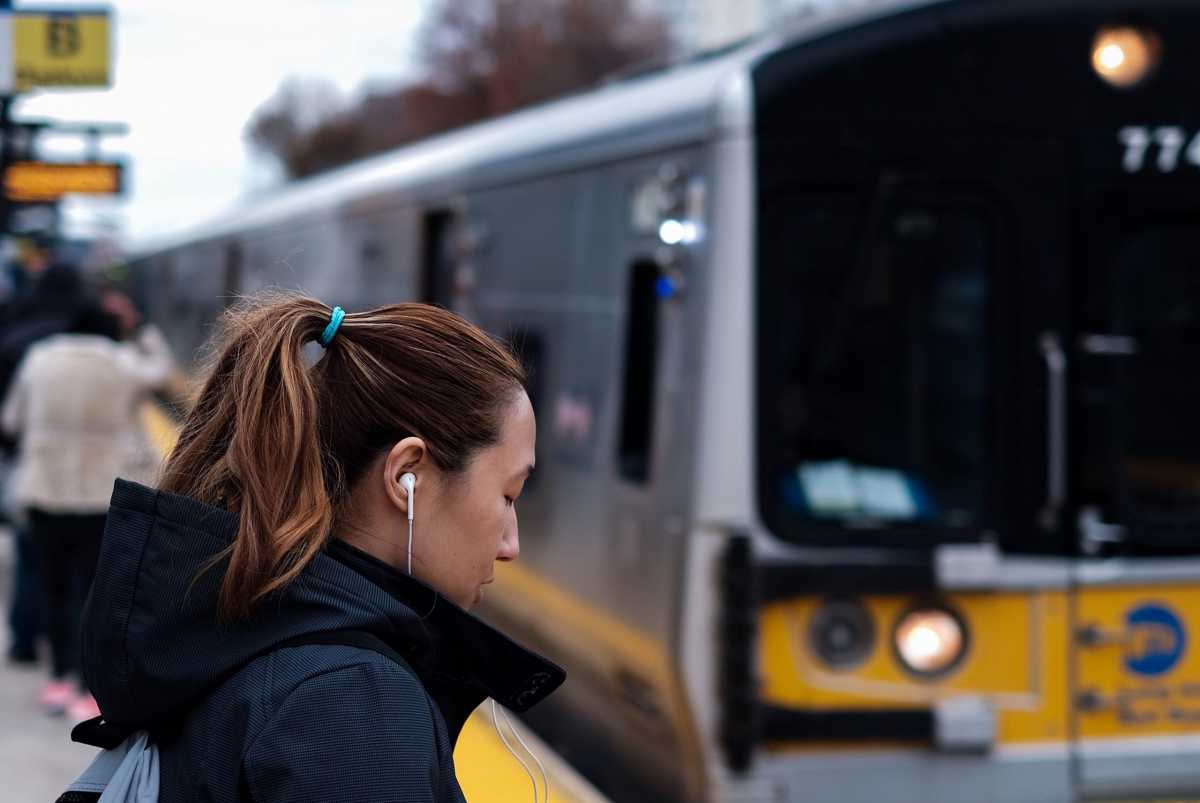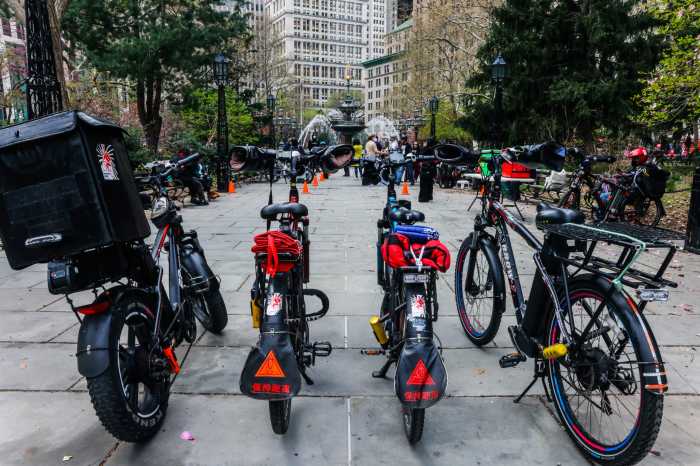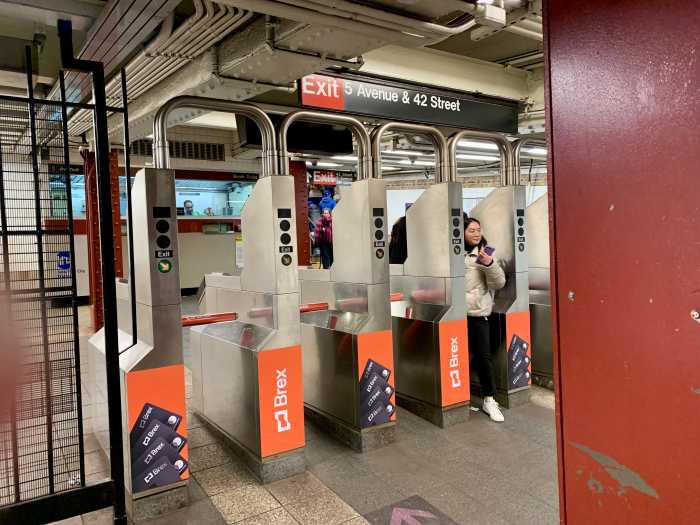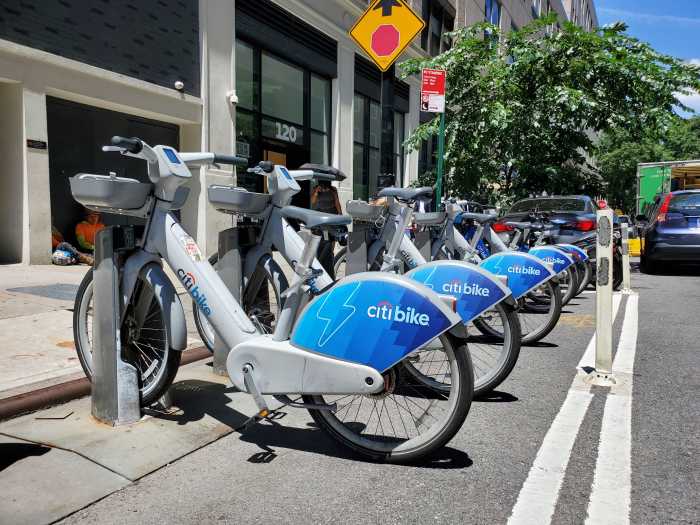Metro-North has a “positive” development within the jungle of coronavirus news and it comes in the form of safety improvements on what accounts for the majority of the Metro-North Railroad.
Positive train control is now live throughout the Harlem and Hudson lines which is a fail-safe against dangerous speeds that have been the blame for deadly derailments across the country and has come with a federal order to be deployed by rail companies.
“The activation of PTC along our entire Harlem and Hudson Lines and the New Canaan Branch demonstrates our swift and steady progress to meet our systemwide goals for the end of the year,” said Metro-North President Catherine Rinaldi. “Our team has been working diligently on this crucial initiative to ensure the safety of our system.”
The miles of track account for up to 74.5% of the Metro-North’s total mileage, according to the MTA. Or for reference, the Hudson Line’s 74 miles from Grand Central Terminal to Poughkeepsie and the Harlem Line’s 82 miles from Grand Central Terminal to Wassaic.
A call went up for the federal government to require PTC after a series of train wrecks for which high speeds on turns were considered the blame, such as the May 2015 incident of an Amtrak derailment that killed eight passengers, including two New Yorkers from Queens.
Up to 108 other passengers were sent to nearby hospitals.
The train had going around a 50-mile an hour curve at about 108 which investigators concluded was an operational error by the engineer, Brandon Bostian of Forest Hills.
Lawyers representing victims and the families of victims attempted to bring criminal charges against Bostian but the Philadelphia District Attorney’s office said his actions did not fit the billet for criminal recklessness as proceeding moved forward in May 2017.
That December, U.S. senators, Charles Schumer and Kirsten Gillibrand began placing pressure on the federal Department of Transportation to crack down on railroad services that had failed to put the technology – already required by law at the time – into place.
In April 2018, the MTA announced it would begin testing to implement PTC across their commuter lines, MNR and the Long Island Rail Road starting with the Port Washington line.
At the time, the MTA said 80% of the hardware needed on the rails was already in place and 60% of the components for the trains themselves had been installed, so the infrastructure for PTC would not need to built out from the ground-up.
Update: the MTA said earlier Tuesday that 68% had been completed but later updated this figure to 74.5%.



































